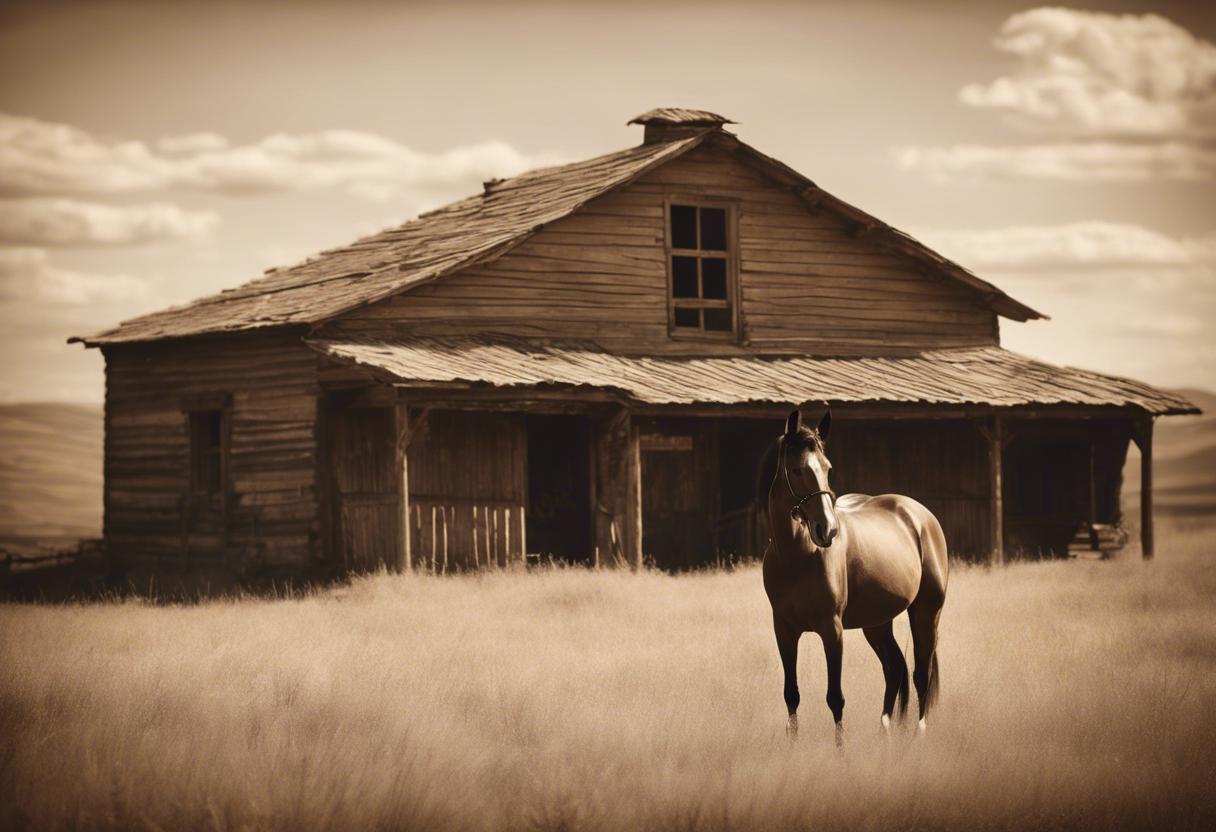Regardless of the cost, foundations are essential to any building. This lesson was learned by St Colmcille on the island of Iona in 548AD, when he found major issues with a newly erected church structure. He realised the solution to rectify this structural anomaly required a living human to be buried underneath the wall.
St Oran (or Odran) emerged as the most willing candidate. Being one of the twelve monks who had journeyed with Colmcille from Ireland, he opted to make the ultimate sacrifice, ensuring the church’s stability. However, as days went by, Colmcille yearned for his friend and exhumed him. Surprisingly, Oran survived his burial ordeal with the unfortunate side effect of morphing into a staunch heretic.
Upon his revival, Oran rejected the standard views of the afterlife, denying the existence of Hell and Heaven. Frightened by Oran’s shocking declarations, Colmcille reinterred him promptly.
The interweaving story of Oran, to be honoured this Sunday, stands as a local form of a widespread ancient folklore tradition termed the “foundation sacrifice”. Instances of such sacrifices are also found in Arthurian legend, where a warlord Vortigern is counselled to strengthen his stronghold by interring a fatherless child within its foundations.
In a less dramatic form, it might explain the long-established tradition observed in these islands of burying horses’ heads below building floors, falsely believed to enhance acoustics in dance halls and music venues. Queen’s University Belfast’s book, From Corrib to Cultra, a collection of essays on Irish folk life, features this peculiar ritual.
A British writer reportedly mentioned the ancient Scandinavian tradition of placing skulls beneath threshing floors. This was done not only to amplify the sounds of work and impress neighbours, but also due to a fundamental, older belief that the building required some form of sacrifice to ward off malevolent forces.
While the reason for the horse skulls found at a Welsh house construction site – a former dance hall in 1870 – remains uncertain, the discovery of 40 skulls in the foundation was shocking. Similarly, a woman discovered five horse skulls under her home. Despite claiming not to be superstitious, she decided not to disturb them, perhaps as a cautionary measure.
Further evidence of horse sacrifices has been unearthed beneath various ancient constructions worldwide. In a 1934 chronicle detailing a journey to the Holy Land, English author HV Morton described going with renowned Egyptologist Sir Flinders Petrie to view the ruins of three successive palaces in Gaza. The initial structure dated back to 3100BC, the next to 2500BC, and the last, built over a horse skeleton as a foundational offering, to 2200BC.
However, an even more remarkable discovery awaited. Morton also reported on an extraordinary find that had ignited wild interest in Ireland and other parts of the world – Celtic earrings made of Irish gold, identical to prehistoric adornments displayed in the Dublin museum. These were found at the same site, presumed to have ended up in Gaza via Phoenician traders, a claim that made global news, with the New York Times headlining it as “Irish earrings in Gaza attributed to Phoenicians” in June 1932.
The article waxed lyrical about a hypothetical ancient trade between our island and the Middle East, speculating flamboyantly, “The seats of Pharaohs may have glinted with Irish gold, it could have dazzled in Helen of Troy’s tresses and even embellished Solomon’s Temple.”
Regrettably, the assertions Prof Petrie based on his earrings discoveries were more dubious than the historic palaces’ foundations he was studying. Subsequent scientific investigations would hint that these earrings, similar to those found in Dublin, were actually from Africa and are younger than first assumed. The same is believed to be true for the ones found in Gaza.
Sir Flinders Petrie passed away in Jerusalem in 1942. His remains were buried in a local Protestant cemetery. Although, peculiarly, the Royal College of Surgeons in London was gifted his head, owing to its scientific significance.
Contrary to a once widely held belief, Petrie’s wife did not transport his head back to England in a hatbox. However, post a war-induced delay, it did find its way back. For several years later, Petrie’s head, in what must have been an unintentional twist of foundation sacrifice, was kept in a jar stored away in the basement of the college.

